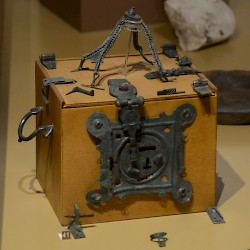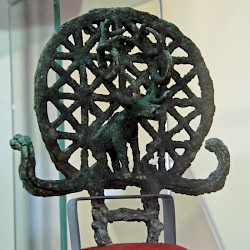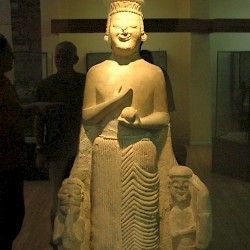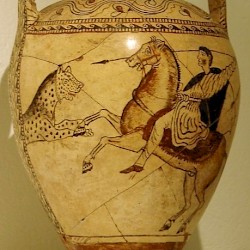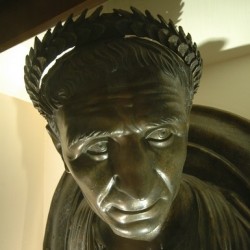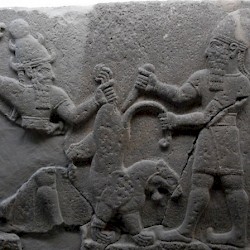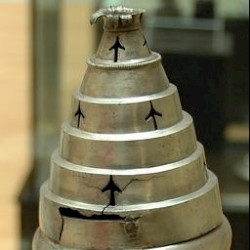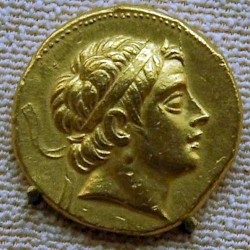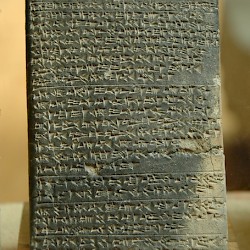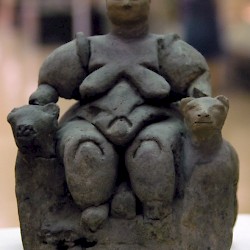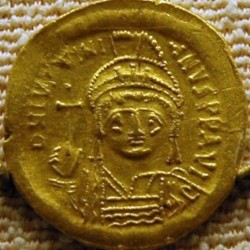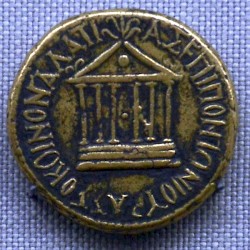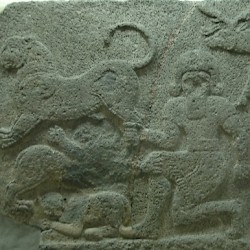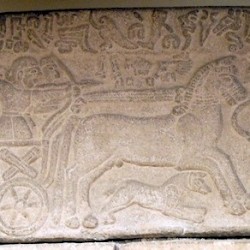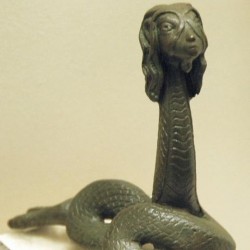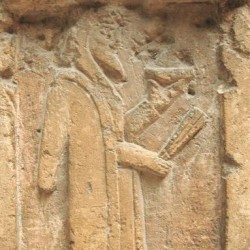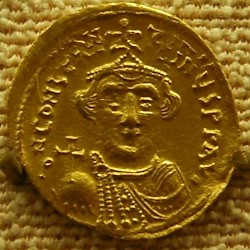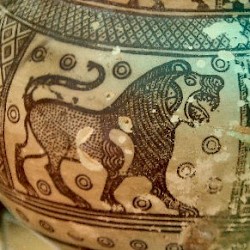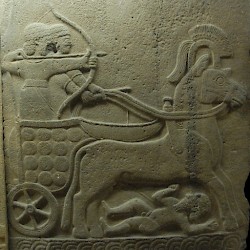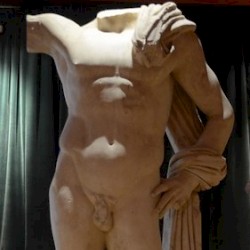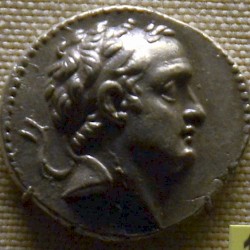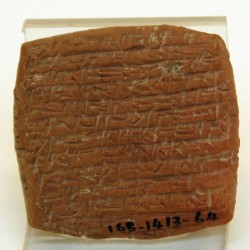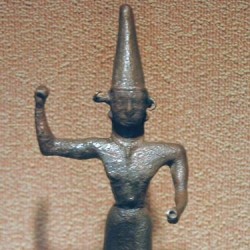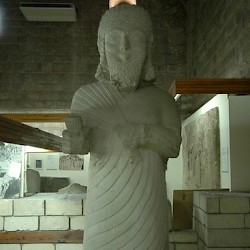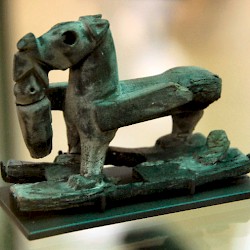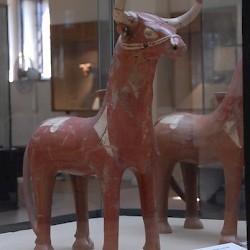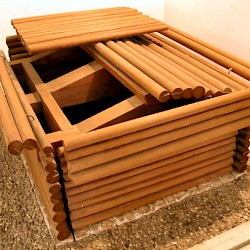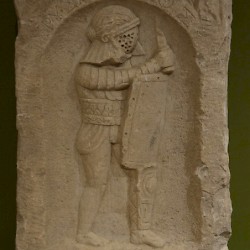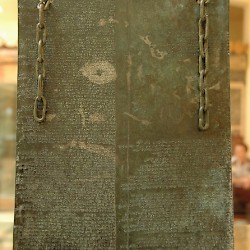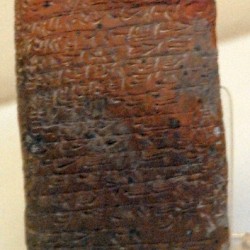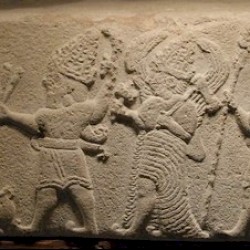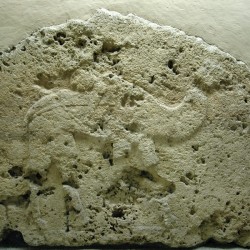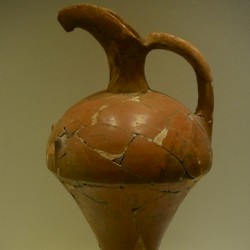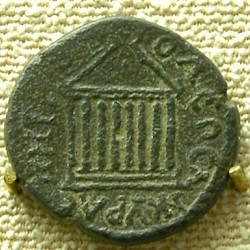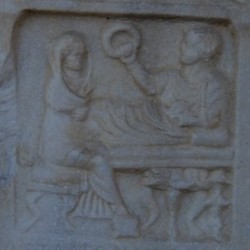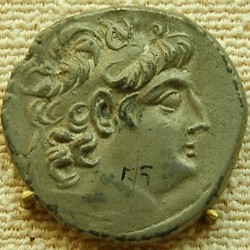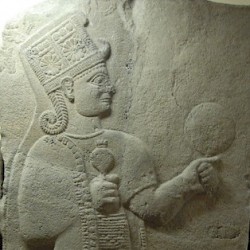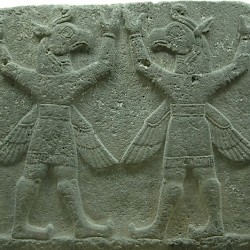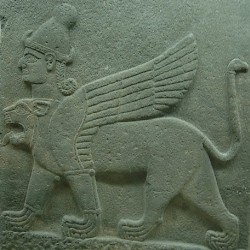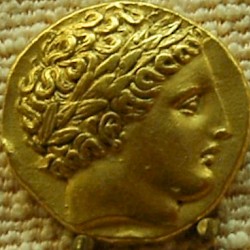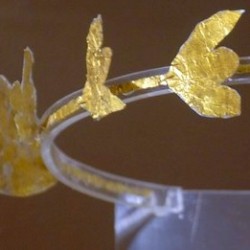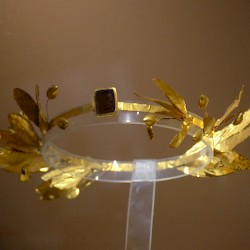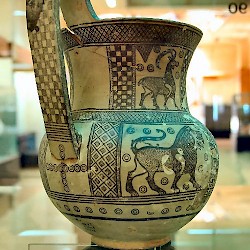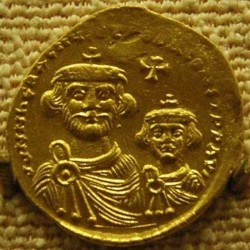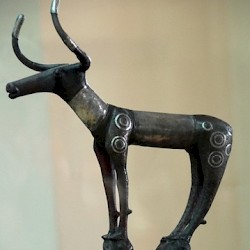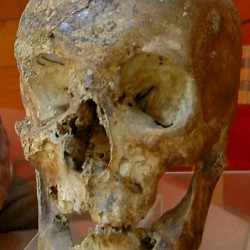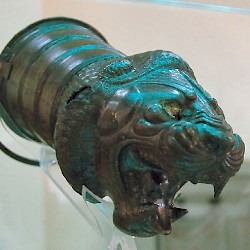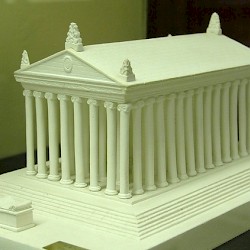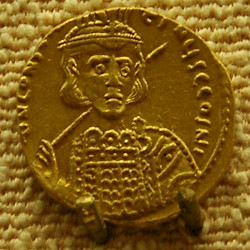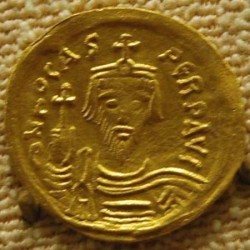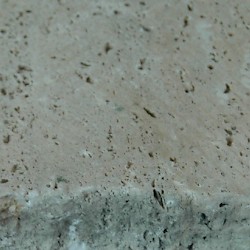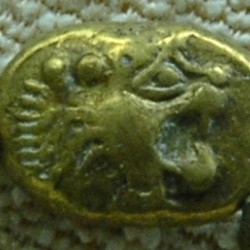Ankara, Museum of Anatolian Civilizations
Q754322National archaeological museums tell a lot about the way a nation looks at its own history. A comparison of the museums in Ankara and Cairo is illuminating. The latter focuses on the third and second millennium BCE; the first millennium is almost ignored, even though it is the period in which Egypt, ruled by foreign dynasties, had a very great impact on other civilizations, and the other way round. But somehow, those Libyan, Nubian, Assyrian, and Persian dynasties are treated as if irrelevant. What we see is a “pure” Egyptian culture, not the more cosmopolitan Egypt.
The Museum of Anatolian Civilizations in Ankara has made the oppositie choice. The plural “civilizations” tells a lot about the way Turkey looks at its past: plural, varied, multicolored. The first rooms are devoted to the Neolithicum, the Chalcolithicum, and the Early Bronze. Here you will see the finds from Çatalhöyük, one of the oldest agricultural sites in the world. And then: Kanesh – an Assyrian trade post in Central Anatolia. A meeting of cultures.
And this remains a crucial theme. There’s the Early Hittite period, followed by the age of the Hittite Empire, both with a lot of attention to foreign influences. I loved the letter from an Egyptian to a Hittite queen. The Neo-Hittite states are dealt with, and Aramaic influences are duly noted. Most impressive is the set of reliefs from Karchemiš, which include a powerful Gilgameš: the hero of a Babylonian epic.
When we reach the Phrygians and see the finds from the great tumulus of Gordium, the “tomb of Midas“, we again meet the Assyrians, because their texts seem to mention king Midas. (Perhaps this is incorrect, but that’s not my point.) Urartu is also dealt with in relation to its powerful southern neighbor. The Lydians are presented with their relations to the Greeks, and finally, you will see Greek and Roman objects in the basement.
The Persian age is almost neglected – which I sincerely regret, but you will get my point: Turkey’s past is pluriform. It is one of the nicest museums I know.
This museum was visited in 2010, 2013.
